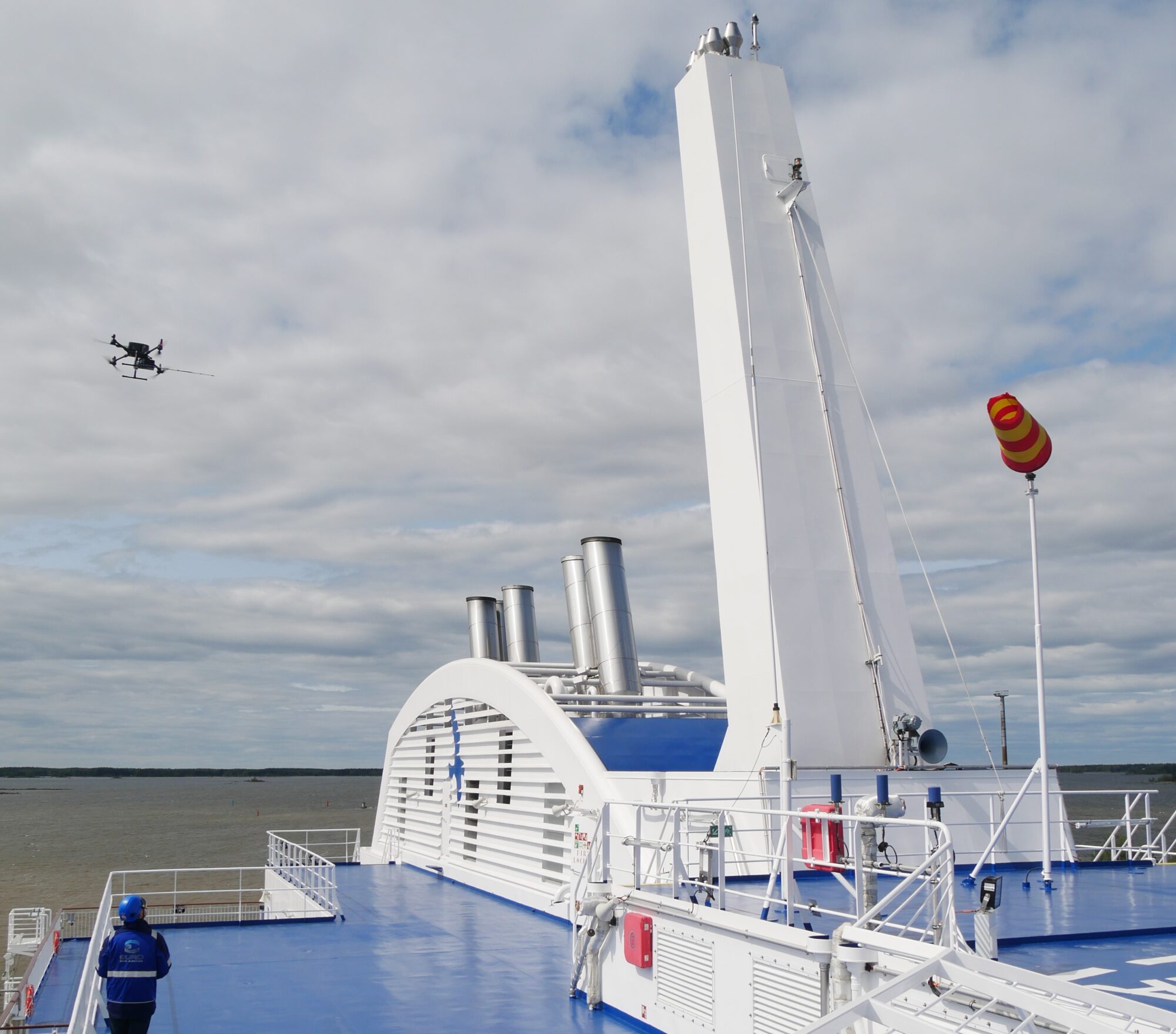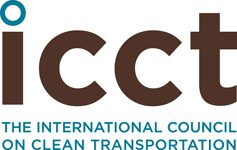Press release
Real-world methane emissions from LNG-fueled ships are higher than current regulations assume, new study finds
Policymakers urged to consider increasing the default methane slip value to at least 6% for the most common LNG engine
(January 25th, 2024) Washington, DC. − Today, the International Council on Clean Transportation (ICCT) released a new report characterizing methane emissions from ships fueled by liquefied natural gas (LNG) operating in Europe and Australia. It is based on data collected by drones, helicopters, and onboard sensors during the two-year Fugitive and Unburned Methane Emissions from the Ships (FUMES) project.

(Photo credit: Explicit ApS) High resolution copy of above for media use can be found here.
FUMES is a collaboration between the ICCT, Explicit ApS, and the Netherlands Organization for Applied Scientific Research (TNO). The FUMES report contains the most comprehensive dataset of real-world methane emissions from LNG-fueled ships to date, including “methane slip” from engines and fugitive methane emissions from LNG cargo unloading operations. Methane slip is the proportion of LNG fuel, which consists mainly of methane, that escapes unburned from the engine. Real-world methane slip measured in the plumes of 18 ships using the most common type of LNG marine engine (LPDF 4-stroke) averaged 6.4%, whereas EU regulations currently assume 3.1% methane slip and the United Nations International Maritime Organization (IMO) assumes 3.5%.
The report therefore recommends that EU and IMO policymakers consider increasing the default methane slip value for LPDF 4-stroke engines to at least 6%.
“This study demonstrates the importance of collecting and analyzing real-world data. Regulators need to use the best available data to develop effective climate policies. If methane slip assumptions remain too low, shipowners will be able to use LNG in high-methane-slip engines longer, effectively getting an unfair advantage over lower-emitting fuels and engines. This is contrary to the goals of rapidly decarbonizing the shipping sector to align with the Paris Agreement and counterproductive to reducing global methane emissions this decade, as called for in the Global Methane Pledge.”
-Dr. Bryan Comer, lead author, director of the marine program, ICCT
“This study shows that remote measurements are a valid and effective method to assess the real-world methane emissions from a broader fleet. Both methane slip due to incomplete combustion and overall fugitive emissions can be reliably quantified using remote measurement techniques. The presented results provide a realistic and independent picture of maritime methane emissions.”
Dr. Jörg Beecken, senior research and project manager, Explicit ApS
“This study provides a concrete demonstration of the application of remote sensing techniques to determine representative methane slip levels and fugitive emissions from ships. While conventional measurement procedures such as for certification are designed to be accurate, they may not be representative. Real-world measurements can overcome this discrepancy and can contribute to establishing representative data for fact-based policy-making.”
BSc. Robin Vermeulen, senior researcher, TNO
Other results:
- A modern LPDF 4-stroke engine can emit lower methane slip than assumed by the EU (3.1%) and the IMO (3.5%), but methane slip can still be substantial, especially at low engine loads, ranging from approximately 4% to 7% when engine loads are 25% or lower.
- Unloading large LNG tankers can result in 24–40 kg/h of fugitive methane emissions, including approximately 8 kg/h of methane slip from the ships’ LPDF 4-stroke engines.
- Onboard measurements found that methane slip and work-specific NOx emissions were highest at the lowest engine loads.
Other recommendations for policymakers include:
- EU policymakers should consider requiring LNG-fueled ships to plug into shore power or otherwise eliminate their at-berth emissions.
- EU policymakers should consider requiring monitoring, reporting, and verification of methane emissions at LNG storage and refueling points.
- IMO policymakers should consider adding a 10% engine load test point and adjusting how emissions at each point are weighted in engine certification procedures to more accurately reflect real-world operations.
Media contact: Bryan Comer [email]
Publication details:
Title: Fugitive and Unburned Methane Emissions from Ships (FUMES): Characterizing methane emissions from LNG-fueled ships using drones, helicopters, and onboard measurements
Authors: Bryan Comer, Jörg Beecken, Robin Vermeulen, Elise Sturrup, Pierre Paschinger, Liudmila Osipova, Ketan Gore, Ann Delahaye, Vincent Verhagen, Bettina Knudsen, Jon Knudsen, and Ruud Verbeek
Please use this link when citing the report: www.theicct.org/publication/fumes-characterizing-methane-emissions-from-lng-fueled-ships-using-drones-helicopters-and-on-board-measurements-jan24/



